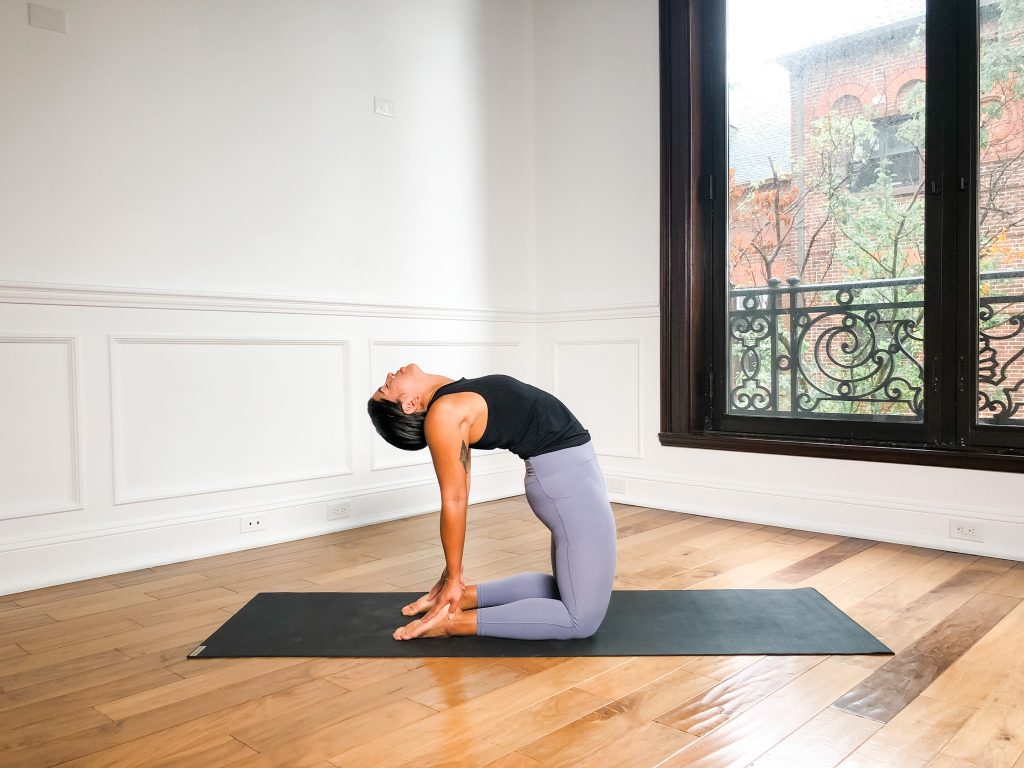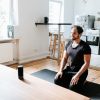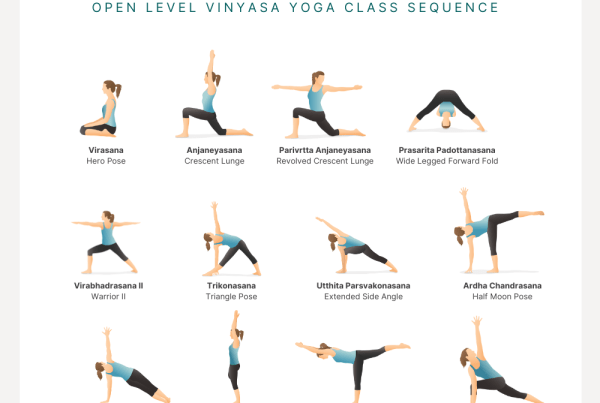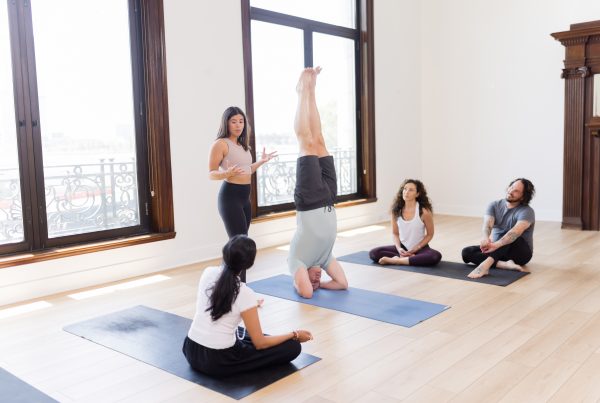
The Yamas + the Niyamas are the first two limbs of the eight-limbed path of Yoga. They are essentially guidelines, or ethical principles to live by.
In this article, we’ll explore the Yamas and how we can approach asana within this realm. Yamas, in Sanskrit, translates to restraints and represents areas to gain self-control over in regards to living in proper conduct with ourselves and others.
The Yamas, in English, are:
- Non-violence
- Truthfulness
- Non-stealing
- Non-excess
- Non-possessiveness
Today we’ll be looking at Ahimsa (in Sanskrit), translated to non-violence in English. Immediately when we see the word non-violence, it might be rather easy to tell yourself, “I’m not violent. I have never killed anyone or caused anyone physical harm.” But non-violence goes beyond these more physical forms of violence.
Ahimsa asks us to evaluate how we treat ourselves and how we show up in the world, as this has a direct impact on our relationships with the external world (when I say external world I mean everything outside of us, including other humans).
Demonstrating non-violence towards ourselves is not the easiest task and it is easy to go unnoticed. When was the last time you told yourself you couldn’t do something, and then proceeded to NOT do it? When was the last time you booked your schedule so heavily that you had no time for yourself? How about the last time you kept yourself in a spiral of victimization, guilt, or shame?
The truth is, we’ve all treated ourselves violently and this is not something to feel bad or ashamed about (as this would keep the violent streak going).
The first step in working towards true non-violence is becoming aware of when we are doing such things. And then once we’ve sharpened our eye of awareness, we can give ourselves the opportunity to make another choice. We can give ourselves the opportunity to do the thing that scares us, create more space for ourselves, and forgive ourselves even when we make mistakes. The way we treat others is a direct reflection of how we treat ourselves. The more that we can tend to our own inner peace, the more we can inspire others to do the same and feel safe within our presence.
Peak Pose: Came (Ustrasana)
I used to HATE camel and would avoid it like the plague. The reasons why I would avoid it, and why I think some other people find it not so enjoyable, is due to compression in the lower spine causing pain, light-headedness, and discomfort in the shoulders and chest causing difficulty in breathing. However, with time, patience, and compassion with practicing this posture…it has actually become one of my favorite poses – if I am prepared for it of course!
Supporting Pose 1: Bridge (Setu Bandhasana)

You might not think of putting bridge at the beginning of your asana class, but I like this pose as it establishes the firming in of the upper back (with the floor giving feedback), the sacrum moving forward (in this case up), and the outer hips compacting in to support the backbend. This would not be the very first pose I would do…I might start with some gentle twisting and perhaps a supported bridge before going into this very active posture.
How to:
- Lie on your back with your knees bent and soles of the feet flat on the floor. Ensure the heels of your feet are underneath your knees.
- Press the backs of your shoulders into the ground to broaden your collarbones and press the back of your skull into the ground while maintaining the curve in your cervical spine.
- Firm your sacrum (bony plate on the posterior side of your pelvis) up towards the ceiling to lift the pelvis off the ground. Use the support of your outer hips moving in to direct the hips up. A block between the thighs is a good idea!
- Firm your upper back in as you walk your arms and shoulder blades towards each other under your back and on the ground.
Supporting Pose 2: Side Plank (Vasisthasana)

Side plank is another great posture to emphasize the support of the outer hips in lifting your body off the ground. This is an action that will greatly come in handy in camel! Side plank also gives an opportunity to press the sacrum forward, almost like you’re going in the direction of a backbend, but in this case you are working to get the hips in line with the feet and chest.
How to:
Supporting Pose 3: Warrior I

Yet another great pose where the outer hips compact in so you can reach UP. Warrior I, like camel, requires the forward movement of the sacrum…like you are trying to move the pelvis towards a posterior tilt in order to align the spine well. The arms going up requires the shoulder blades moving towards one another on the back. Clasping the hands behind the lower back is a good option as well.
How to:
- Step your right foot forwards towards the top of your mat and your left foot about 3 feet behind towards the back of your mat and turned out at an angle (~45 degrees). Your feet should be widened so it’s as if your feet are on two different train tracks. Widening the feet also lends more support to the entire frame so feel free to widen the feet as much as you need!
- Bend the right knee to 90 degrees, or at least until the knee is over the ankle. As you press the right shin forward, press your left thigh back while keeping the hips more-or-less squared towards the front of the room.
- Compact the outer hips in and press your sacrum forward as you reach your arms up towards the sky.
- Firm your upper back in as you broaden your chest to face the ceiling.
Camel (Ustrasana)
How to:
- Bring your shins to the ground about hip width distance apart from one another. When I say hip width, I mean at the width of your frontal hips points or in anatomy terms your anterior superior iliac spines (ASIS) – not to the widest part of your pelvis.
- Smooth your shins and flatten the tops of your feet to the floor. This is traditional as in Light on Yoga, you can tuck the toes if that feels better for you.
- Bring your hands to your lower back/pelvis region while you firm your upper back in and aim the elbows towards the back of the room.
- Press your sacrum forward while continuing to dig the shoulder blades into the upper back to open the front body forward and up. Imagine you are going up and over a large beach ball.
- If available, walk your hands down your legs to your feet so that the palms of your hands can connect with the soles of your feet. This is an anchor point for you to continue to work the backbend shape (pelvis forward and upper back in).
- Allow the head to eventually fall back so the throat can be open. This is if it feels okay and does not impact your breathing.
- To exit, return your hands to your lower back/pelvis and guide your way to a neutral spine and into vajrasana. Avoid going into a forward fold directly following the backbend. Always take yourself to neutral first and work from there.
Sources: The Yamas + Niyamas by Deborah Adele











